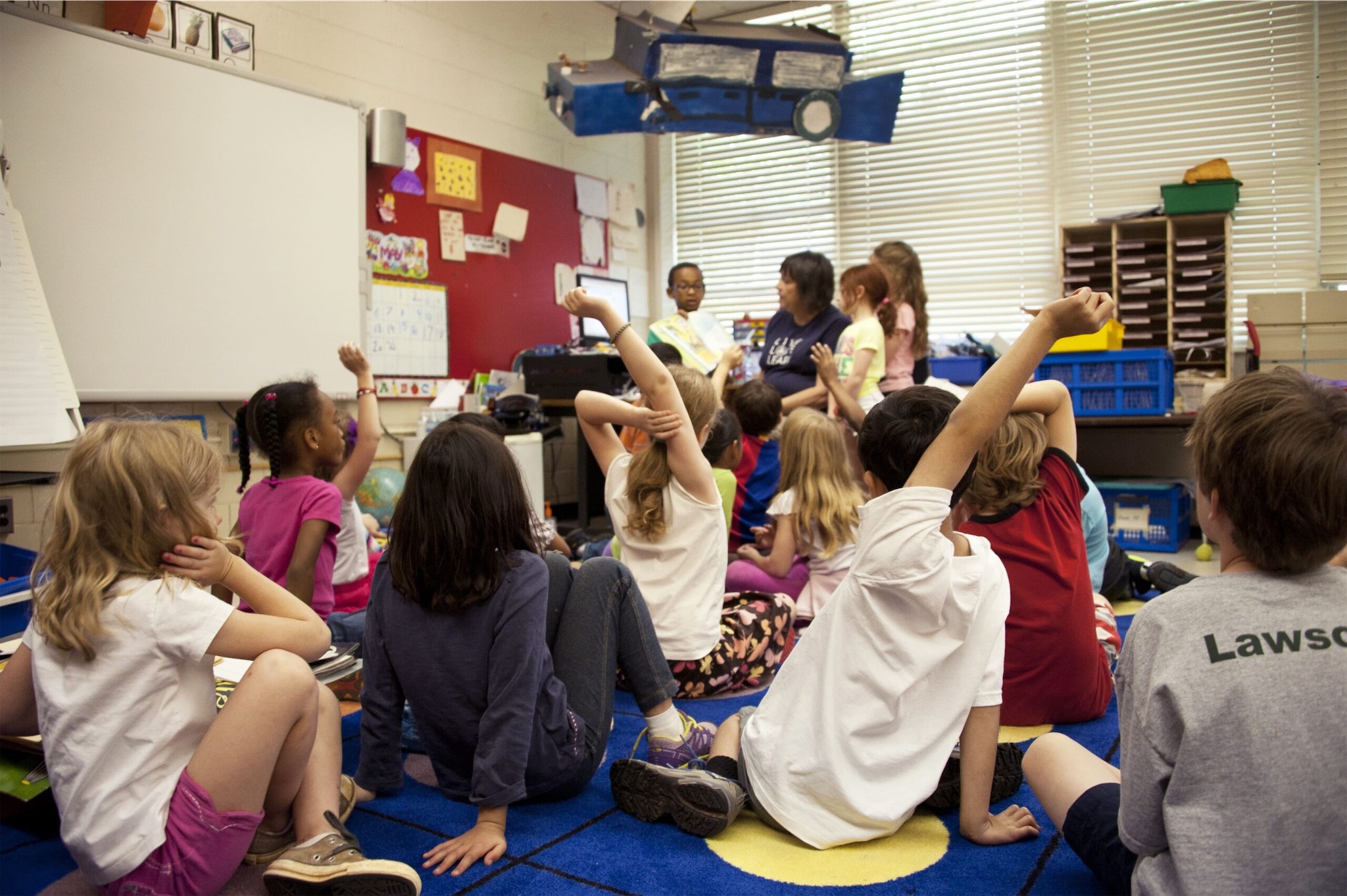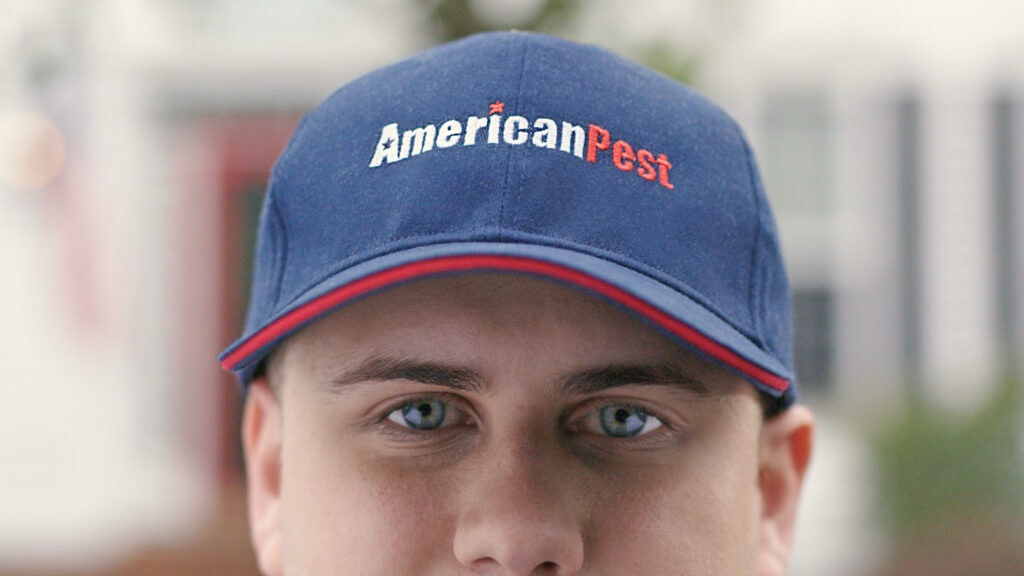Back-to-School Pest Problems

For many, late August means back-to-school for families around the DMV. Parents of college-bound students become suddenly fraught with empty nest syndrome, while others send their five and six year old’s off to kindergarten for the first time.
Children hoping to make their best first impressions among classmates old and new, fall somewhere in between, sporting their brand new back-packs and cherished first-day ensembles.
Social media channels are once again flooded with “first day” images. At the end of the day all seems right in the world.
The start of the academic year means something a little different for those of us in the business of pest control, as increased incidences of lice and bed bugs (among others) raise more calls with questions as kiddos head back to the classroom.
Here’s what you can expect, if you find yourself with a back-to-school pest problem this fall.
Parasites
Namely, head lice. Lice are ectoparasites of humans–meaning they spend their entire lives living on the surface of our skin, feeding on our blood.
Outbreaks of lice in schools are often widespread because they are easily transferred from child to child during play.
Lice can also be spread through the sharing of infected items such as hats, combs & brushes, or bedding.
While head lice can be difficult to diagnose without the presence of a physician, itchiness of the head and scalp remain the most common identifiable symptoms.
What are Lice and Nits?
Lice are six-legged parasites that live on humans. They cannot fly, hop, or jump—but they do crawl rather quickly. Female lice lay eggs, called nits, close to the scalp where they keep warm until they hatch.

It is more common to see nits close to the scalp, than it is to see adult lice in the hair.
While lice are largely considered a nuisance (due to the challenges involved in getting rid of them) they are not dangerous and do not transmit disease. In most cases, a person infected may only find themselves with an itchy scalp.
Getting Rid of Lice
Once you find yourself with an epidemic of lice on your hands, you may find yourself wondering what to do next.
The CDC encourages that all members of a household are checked and at-home treatment can begin once an infestation has been diagnosed by a health professional.
Contrary to belief, lice treatment does not involve the assistance of a pest control company.
Several over-the-counter products are available for home use, including a product called LiceMD.
LiceMD is a solution that coats hair strands with Dimethicone—a substance that makes hair slick and smooth—making it much easier for a person to comb through the hair to remove lice and nits.
You will also need a special comb specifically designed to comb out any nits (the eggs that remain after adults and immature nymphs are gone).
Be aware that while Rid is a product that is often recommended by dermatologists for lice cases, a pesticide resistance has developed and it is no longer considered to be the most effective treatment.
When treating for lice, always be sure to follow the instructions carefully and do not treat more frequently than the label suggests.
If you’re concerned that you’ve not been able to completely rid your home of lice over a period of a couple of weeks,
What Else Can You Do?
It’s extremely important to launder all items where your child spends his or her time resting–on a pillow, in a bed, or on the sofa—take everything to be washed in very hot water and dry in a very hot dryer. Or, as hot as the settings allow.
All items that come in contact with the child’s head, such as hats, scarves, stuffed animals or clothing should be washed and dried in the same way.
Additionally, vacuum around the bed, sofa, etc., and discard the vacuum bag outdoors immediately after each use.
Bed Bugs
Bed bugs take public school systems, daycares, colleges and universities by storm each year.
As students settle into their dorm rooms and travel increases between home and campus housing, bed bugs become an unavoidable pest for many.
Fortunately, many schools (both public and private) have programs in place to help students identify bed bugs.
Check with your school administrator for information on how your child’s school is prepared to deal with bed bugs. Or, if you suspect that you have a problem with bed bugs, contact us for more information regarding inspection and treatment.
Request Your Pest Control Estimate
Related Posts
Contact Us Today!
Do you need an estimate for service or have questions about pests? We’d love to hear from you!
Fill out the form and receive feedback today. For immediate service, please give us a call!
